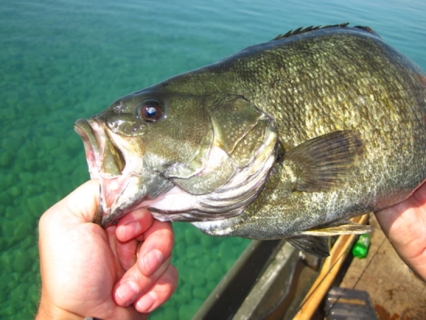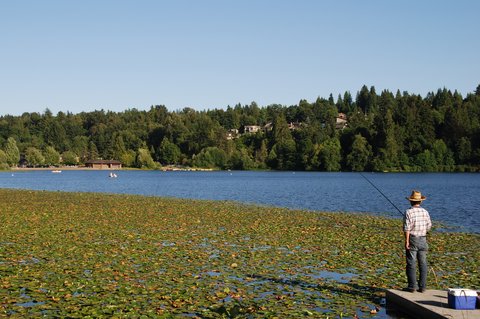As tried and true as our favorite local honey holes can be, testing one’s fishing skills on new lakes is a trait all good anglers share. It’s simply not challenging to know exactly what bait to throw at a spot you’ve fished a hundred times.
Picking apart new waters isn’t always easy, though. In fact, it can be downright overwhelming. The key is knowing that there are universally productive structures and cover in all lakes, and it’s these specific clues and places that you’ll want to focus on when fishing a new lake.
What’s the Water Look Like?
This should be the first thing you look at when you’re fishing new water because it plays such an important role in how you’ll proceed. If it’s crystal clear, the fish will likely be deeper and respond better to natural colors and finesse presentations, like flashy spinnerbaits or crankbaits. If it’s murky, you’ll be better off concentrating on shallow water and going with dark, noisy presentations so the fish can track them easier, like a chatterbait or dark spinnerbait with large Colorado blades.
Where There’s Baitfish There’s Bass
When I hit a new lake, I like to spend some time looking for any signs of baitfish. I look around docks for groups of bluegill or along shallow banks for schools of shad. By looking for baitfish, you can get a good idea of what bass are eating in a given lake, which will tell you which presentations you should be throwing. To imitate bluegill, try swimming a green pumpkin jig. If you see shad flashing in the sunlight, try a silver or white spinnerbait or even a small topwater popper, like Rebel’s Pop-R.
The Grass is Greener
It’s smart to look for any vegetation—emergent or just below the surface—when exploring a new lake. All fish love vegetation because it oxygenates the water, provides cover and is home to all sorts of insects. When you find vegetation, start your search by working your lures around the edges and over the top and if that doesn’t work, try slowing down and fishing the holes and edges a bit more slowly. Around lily pads, try crawling a topwater frog, like SPRO’s Bronzeye Frog. In the thicker stuff, I suggest flipping a Texas-rigged Senko worm into the holes in the grass.
Points Are the Point
Points are formed whenever the bank juts out into the lake or river. These formations tend to be fish magnets because they serve as a “rest stop” for any fish moving from one part of the lake to another. They also provide an excellent transition between deep and shallow water, providing bass with a perfect place to ambush baitfish. Deep crankbaits work well along the deep edge of points, while a Carolina-rigged soft plastic—a crawfish, for instance—will do wonders around the point’s edges.
Don’t Knock Docks
This last one is kind of a “gimme,” but you’d be surprised at how many anglers over-complicate a new lake by overlooking perhaps the most obvious spot. Docks are not just places to tie up your boat; they’re also excellent fish habitats, and in some lakes, they can be the go-to location for big bass. Fish like docks because they offer cover and shade, and in some cases, shoreline homeowners place brush under their docks to attract fish, which can make them even sweeter. For skipping under docks, there isn’t much better than a wacky-rigged Senko worm or a soft plastic jerkbait worked along the length of the dock.
© Photopal604 | Dreamstime.com – Fishing on lake
Fish gallery
-
Fishing Files
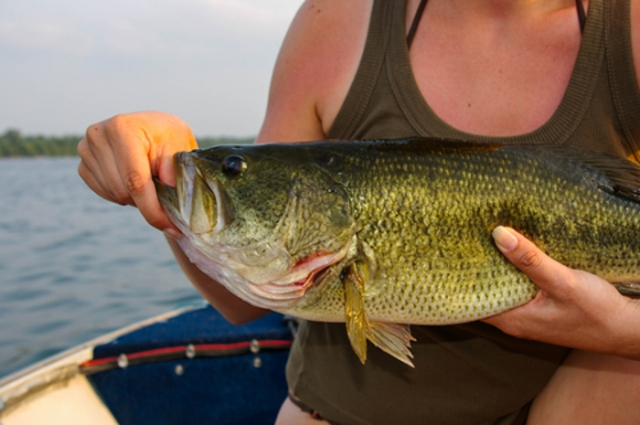
-
Striped Bass
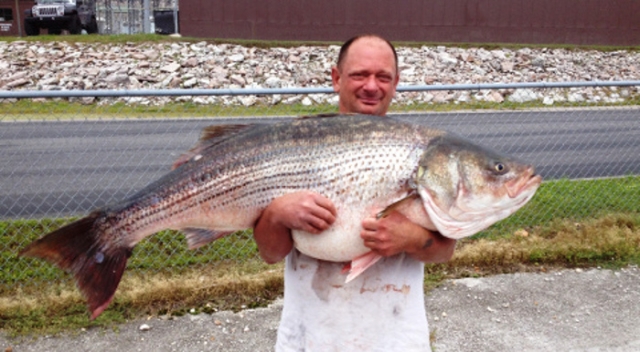
-
Fishing Files

-
Smallmouth Bass
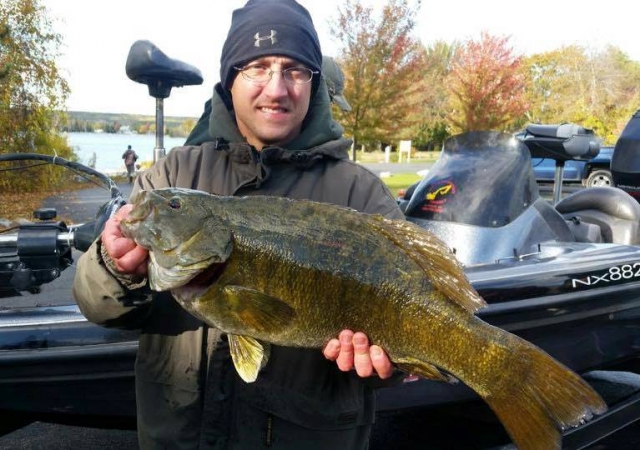
-
Fishing Files
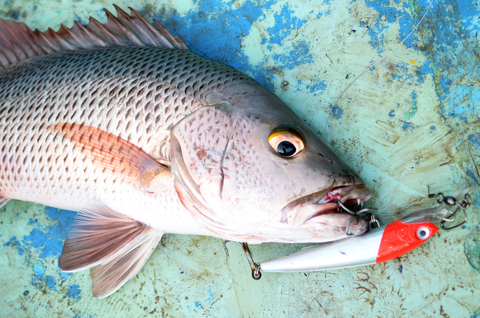
-
Fishing Files
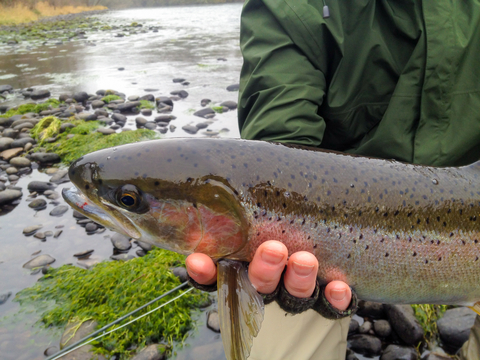
-
Largemouth Bass
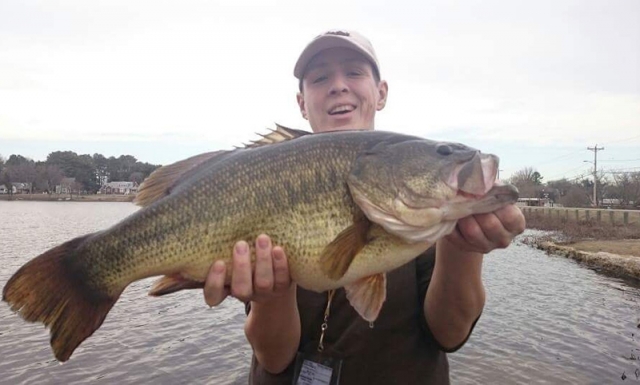
-
Fish fail in Russia
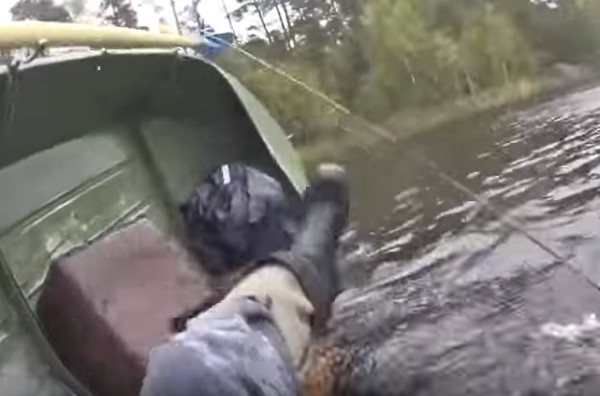
-
Bait fish
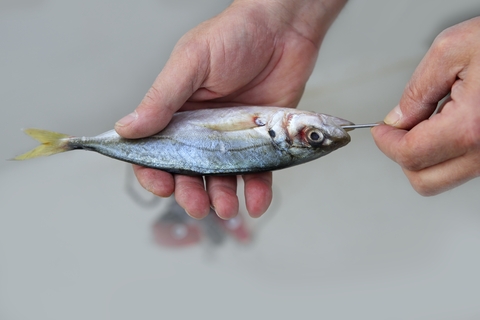
-
Fishing the weeds
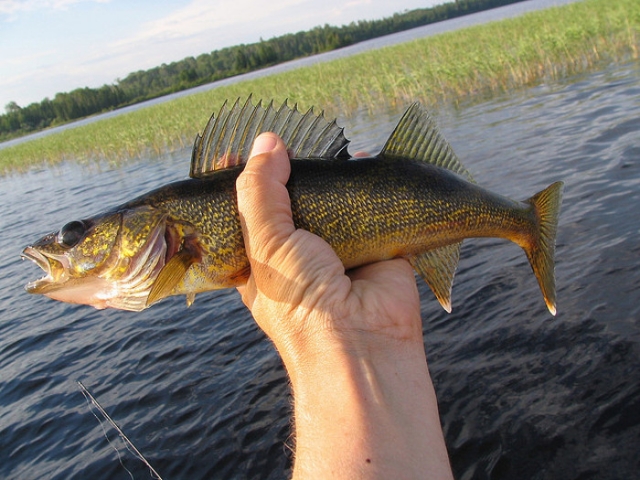
-
Fishing Waders
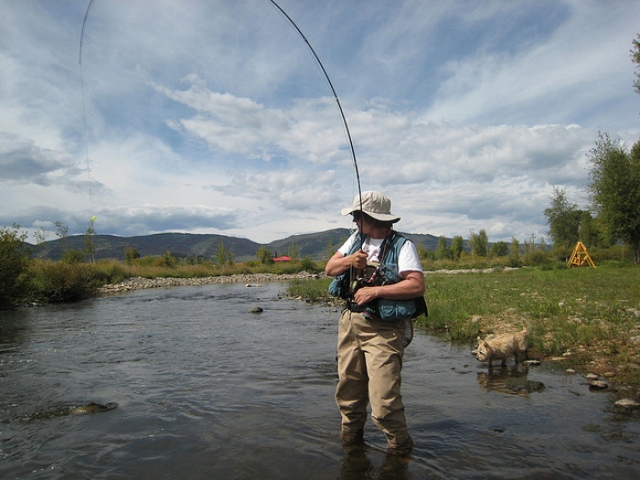
-
Old Man Fishing
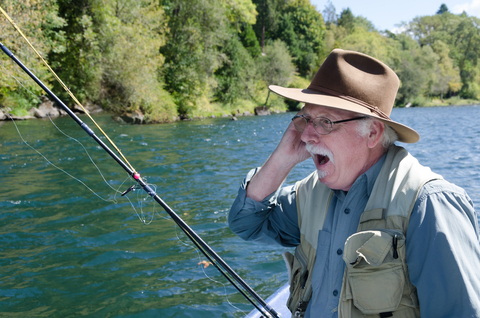
-
Fishing
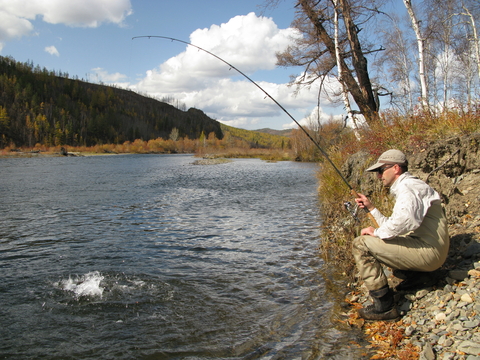
-
City Fishing
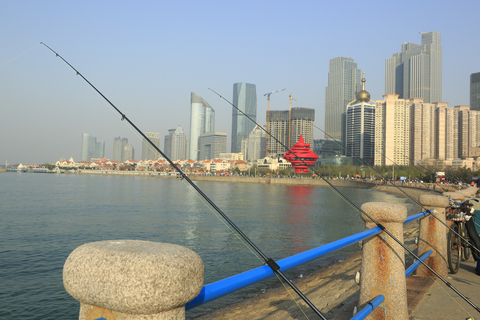
-
Fishing the cold
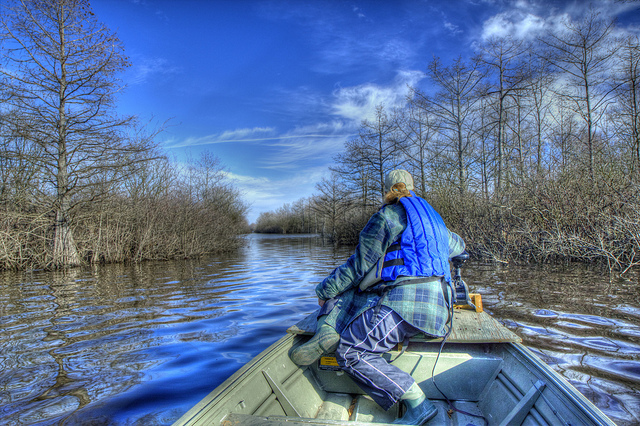
-
Fishing sunset
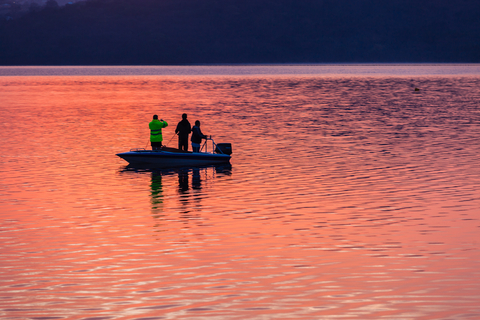
-
Bank fishing
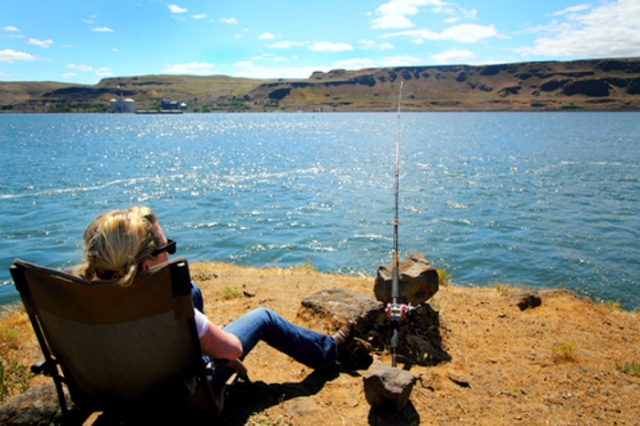
-
Day glow fishing boat
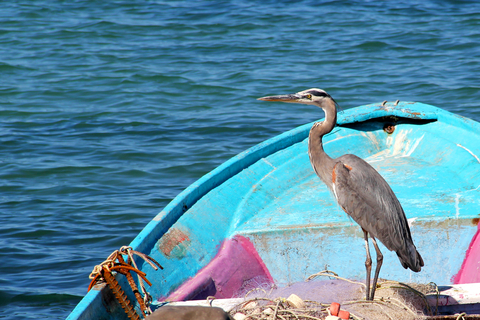
-
Fishing Pro
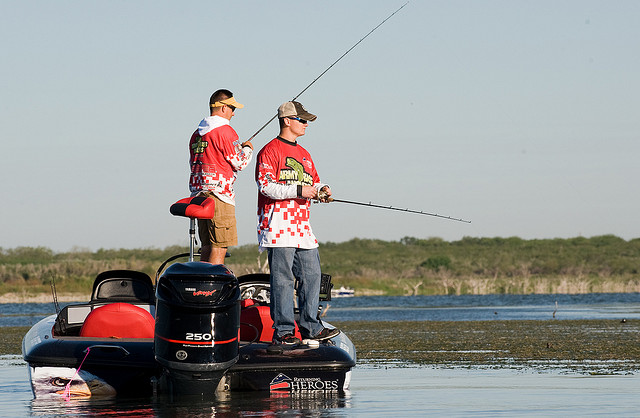
-
Fishing
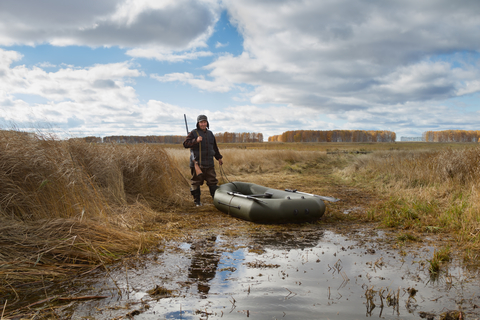
-
Fly fishing
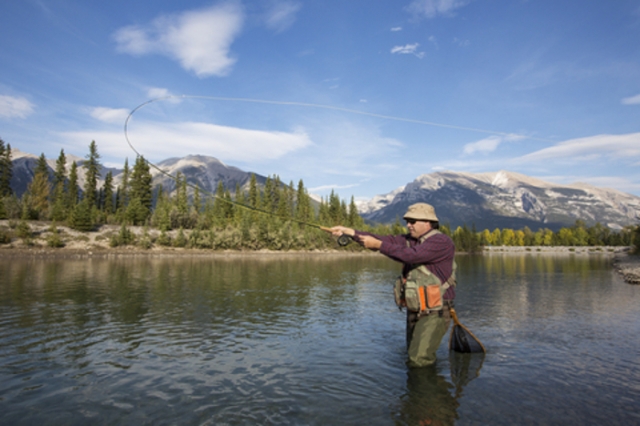
-
Fishing Files
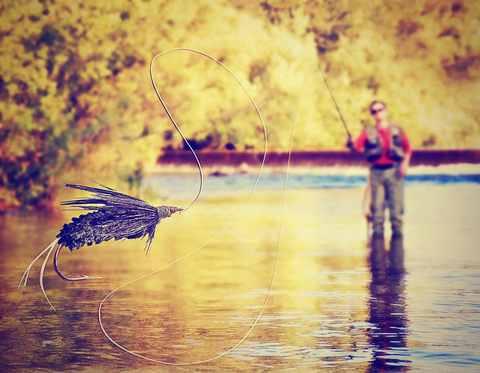
-
Fishing Files
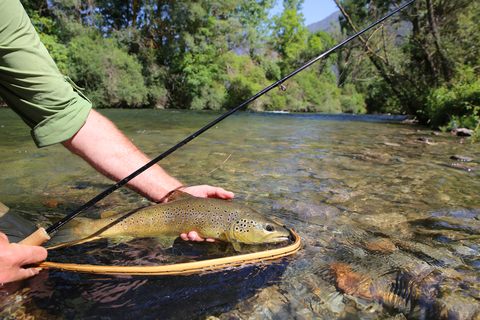
-
Fly reel
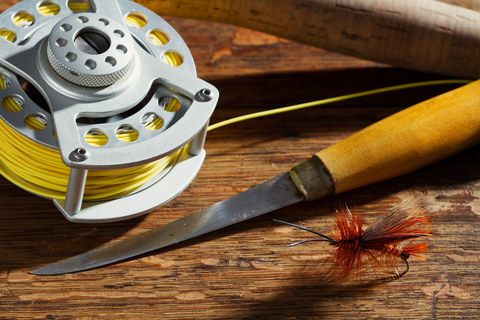
-
Gar Fish

-
Golden Trout
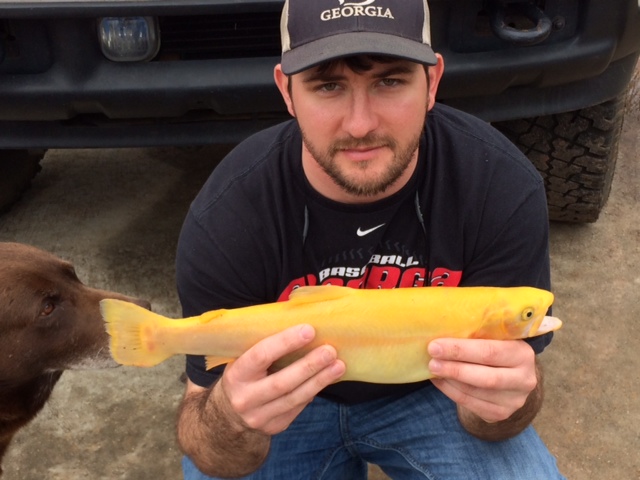
-
Ice Auger
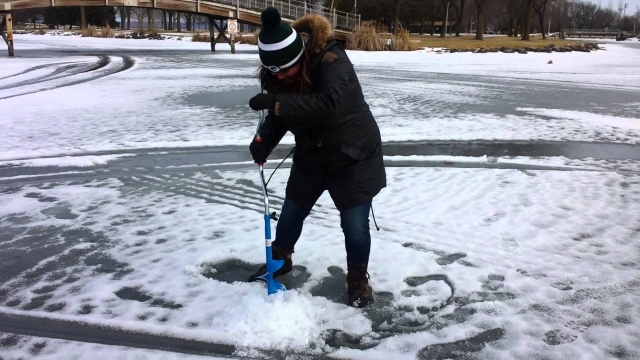
-
Ice Fishing
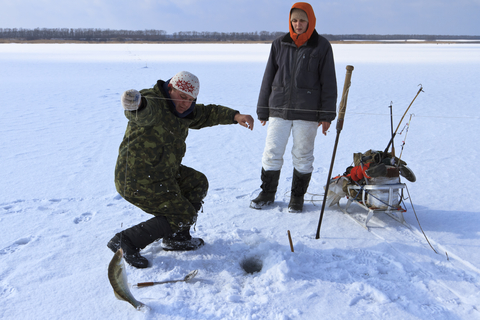
-
Halibut
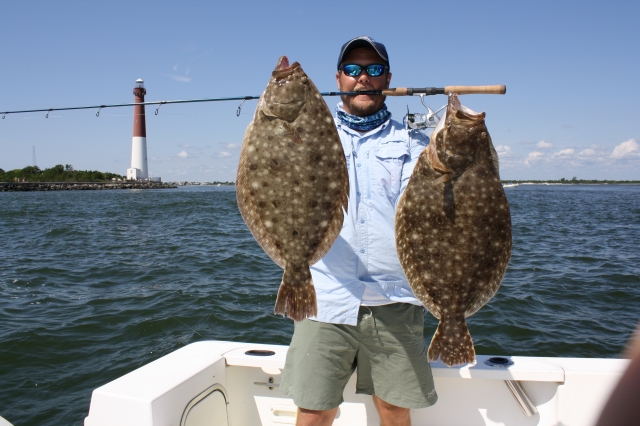
-
Bass Fish
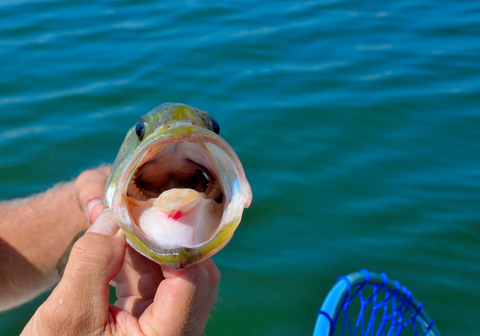
-
Lobster Dog
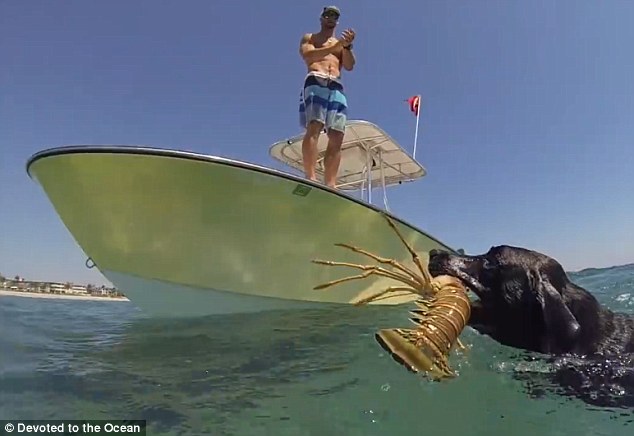
-
Marlin Fishing
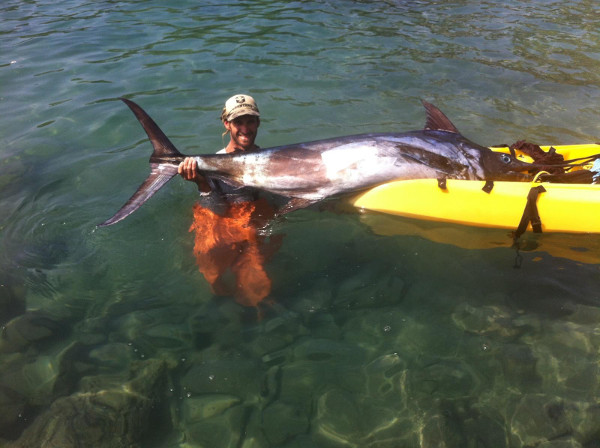
-
Muskie
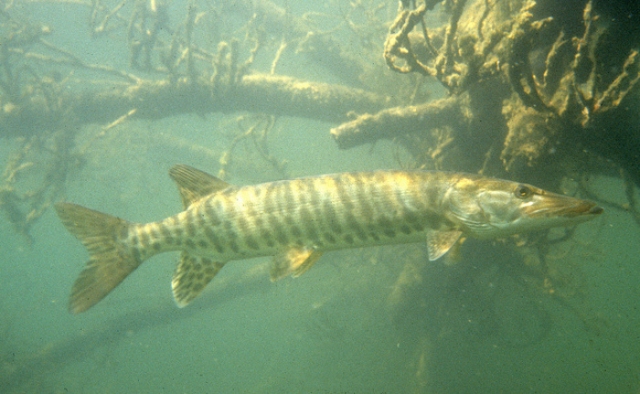
-
Fishing Files
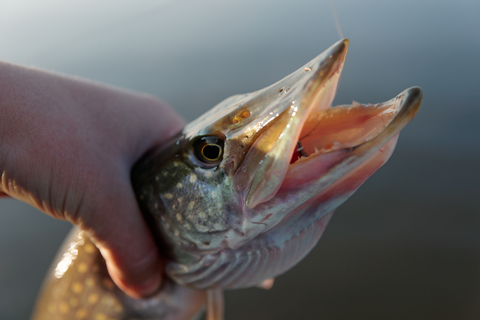
-
Nymph

-
Oarfish
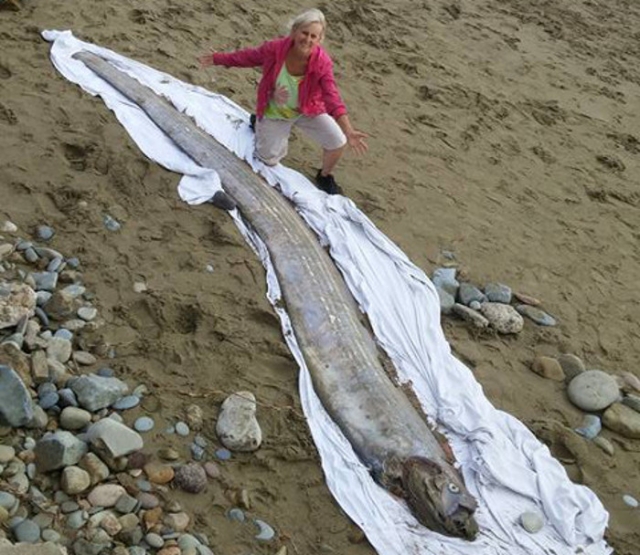
-
Obama Fishing

-
Panfish
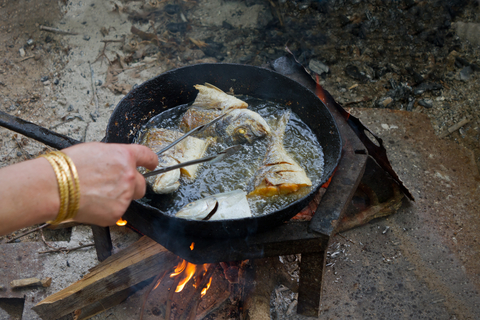
-
Pelican

-
Fishing Files
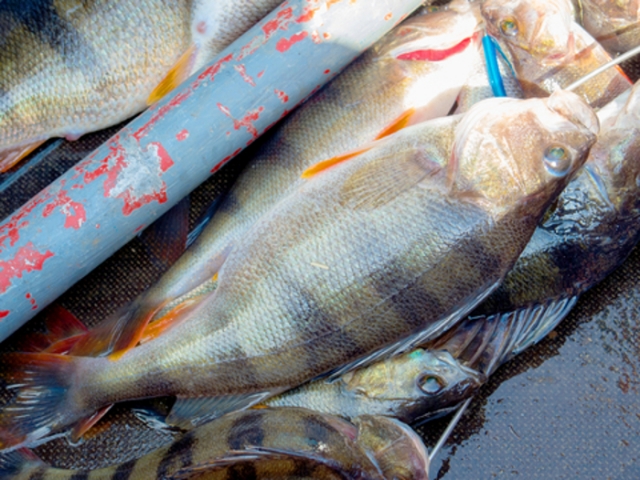
-
Fishing Files
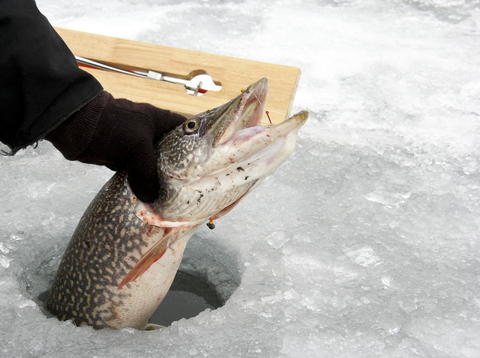
-
Fishing Files
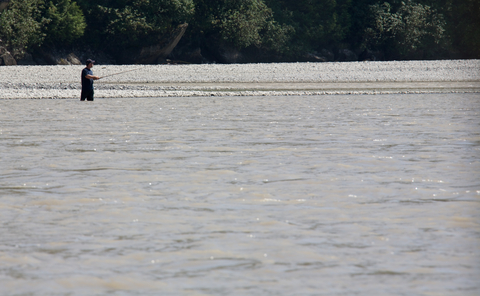
-
Fishing Files
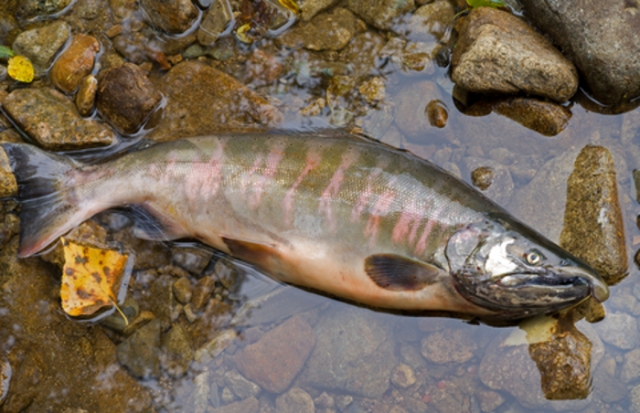
-
Fishing Files
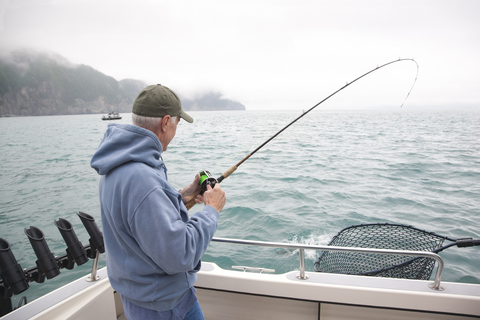
-
Fishing Files
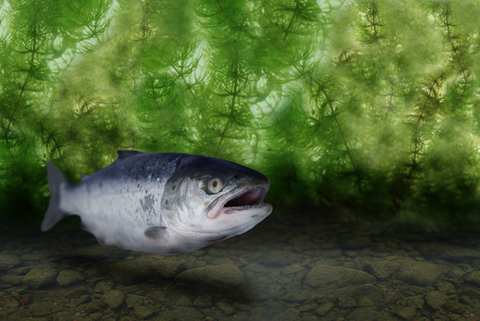
-
Fishing Files

-
Fishing Files
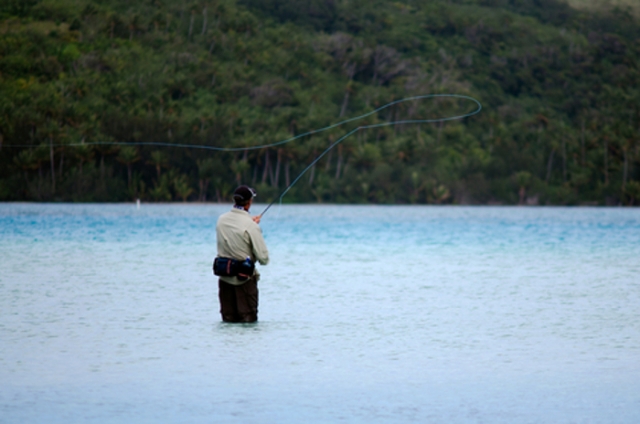
-
Fishing Files
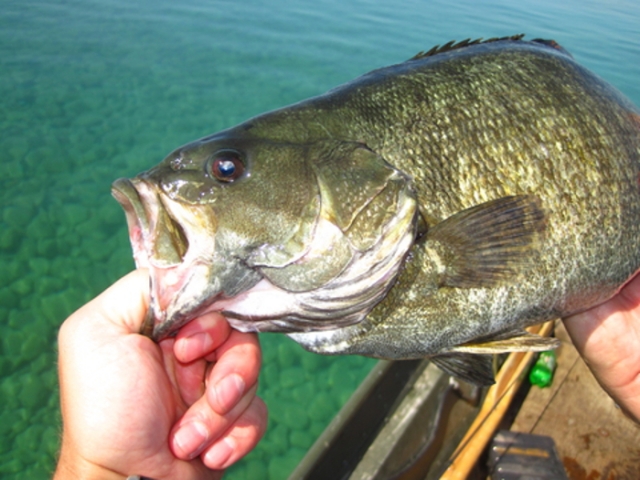
-
Snakehead
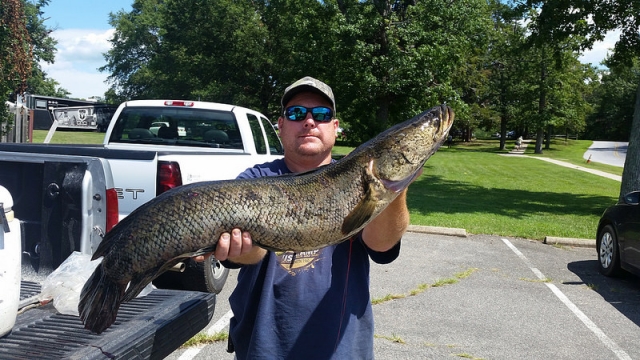
-
Spinner Shark
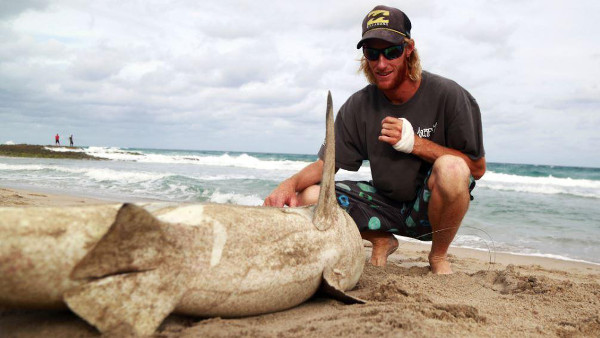
-
Spotted Bass
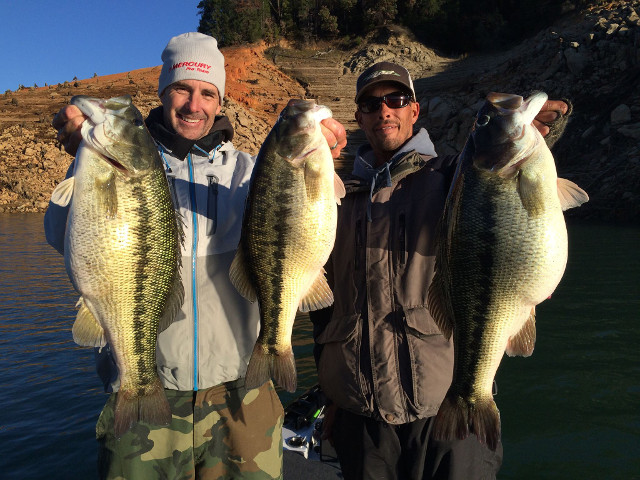
-
Striped Bass
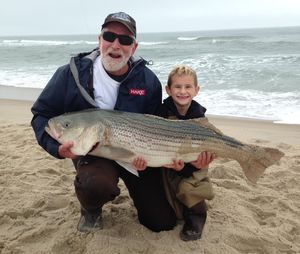
-
Sturgeon

-
Fishing Files
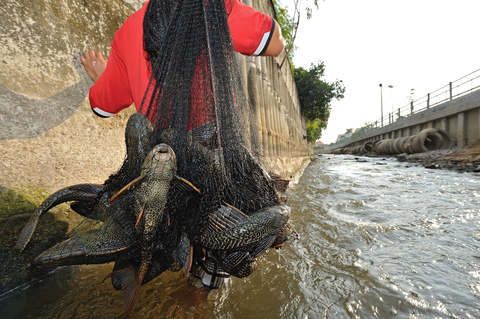
-
Trout Fishing
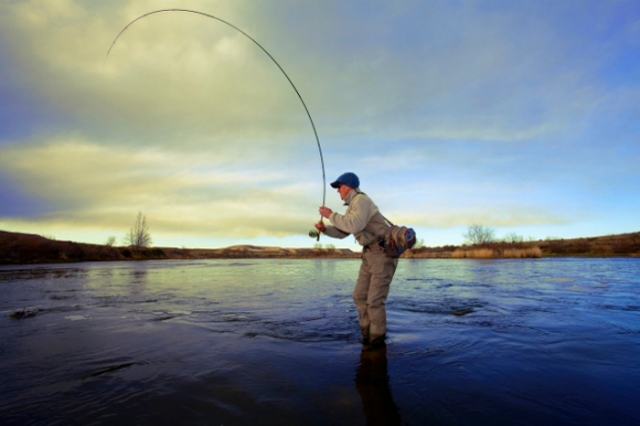
-
Fishing Files
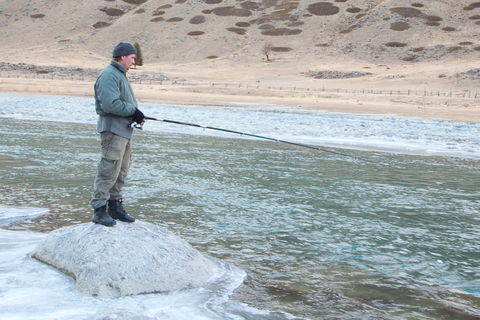
-
Fishing Files
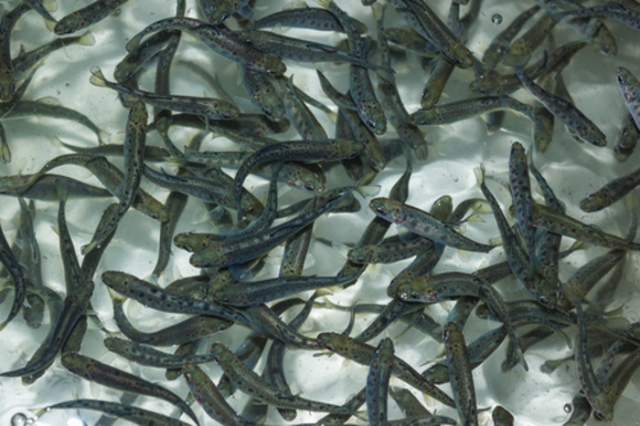
-
Fishing Files

-
Fishing Files

-
Northern Pike

-
School of Karanteen
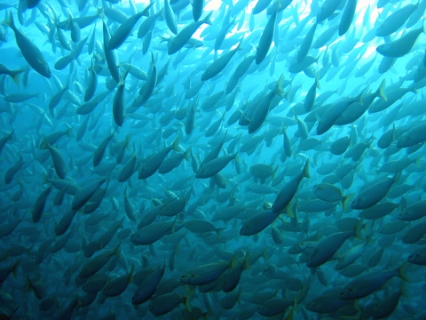
-
Walleye
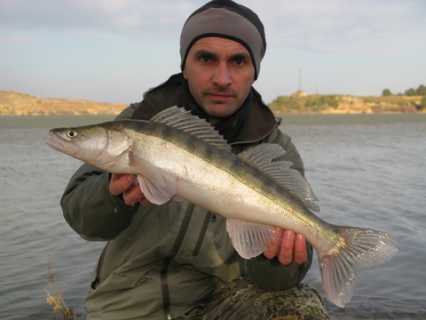
-
Goliath Grouper

-
Barracuda

-
European Chub
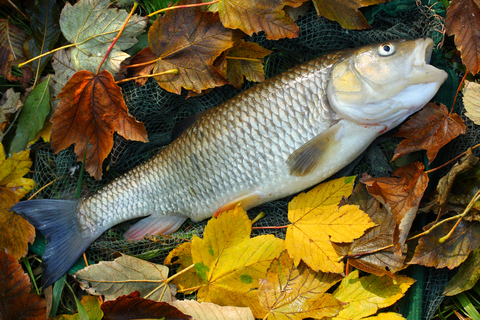
-
Drum Fish
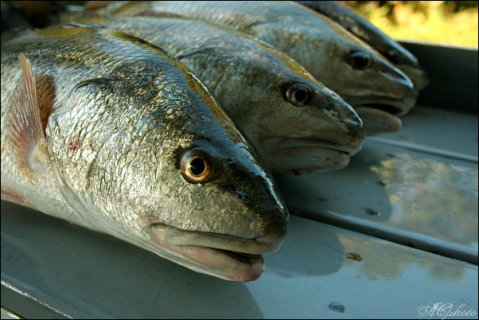
-
Grouper
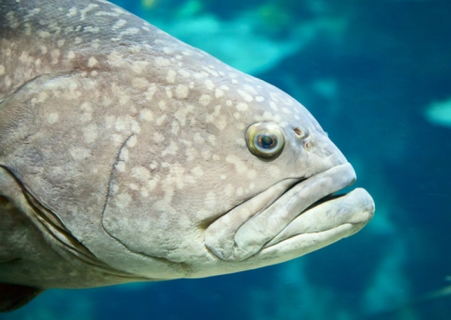
-
Blue Catfish

-
Catfish
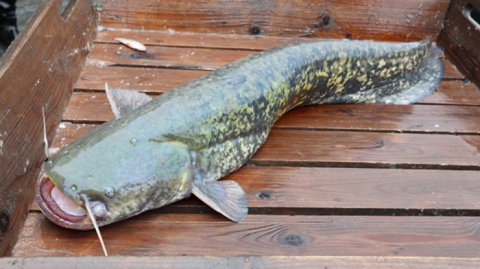
-
Star Puffer Fish
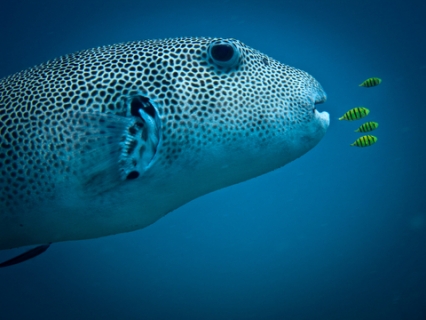
-
Napoleon Fish
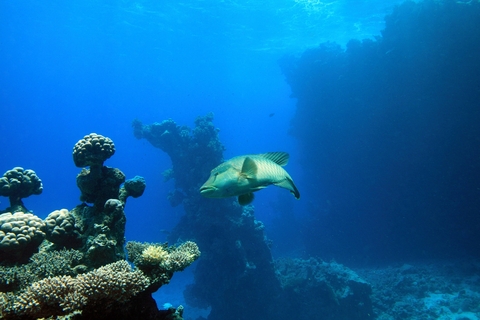
-
Smoked Trout
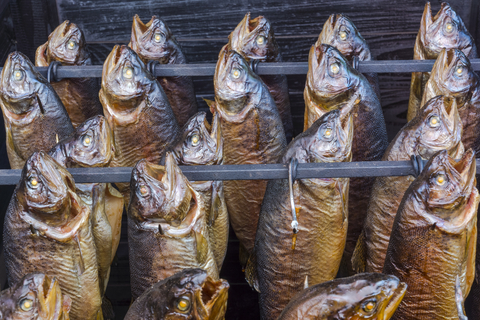
-
Perch

-
Smallmouth Bass
